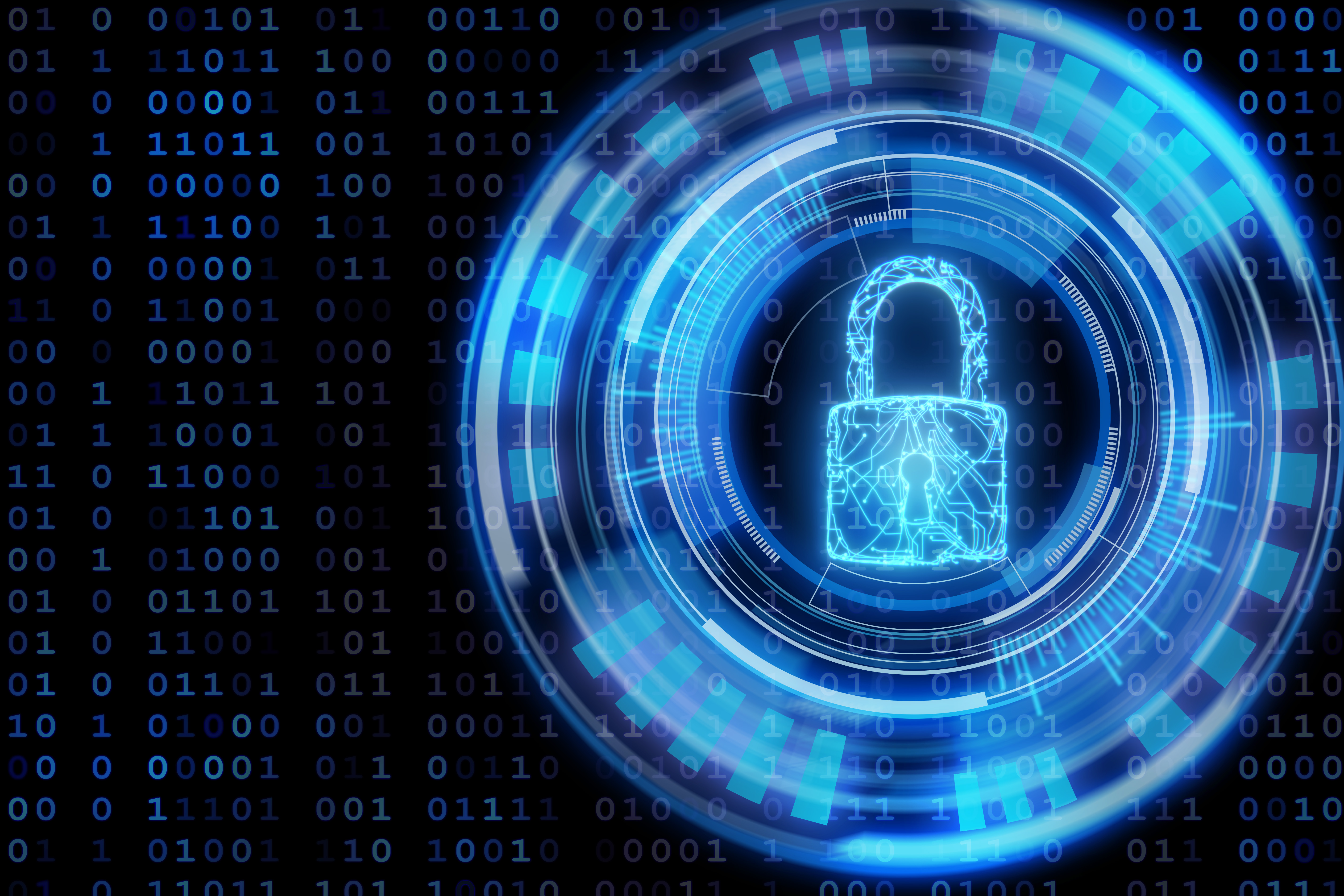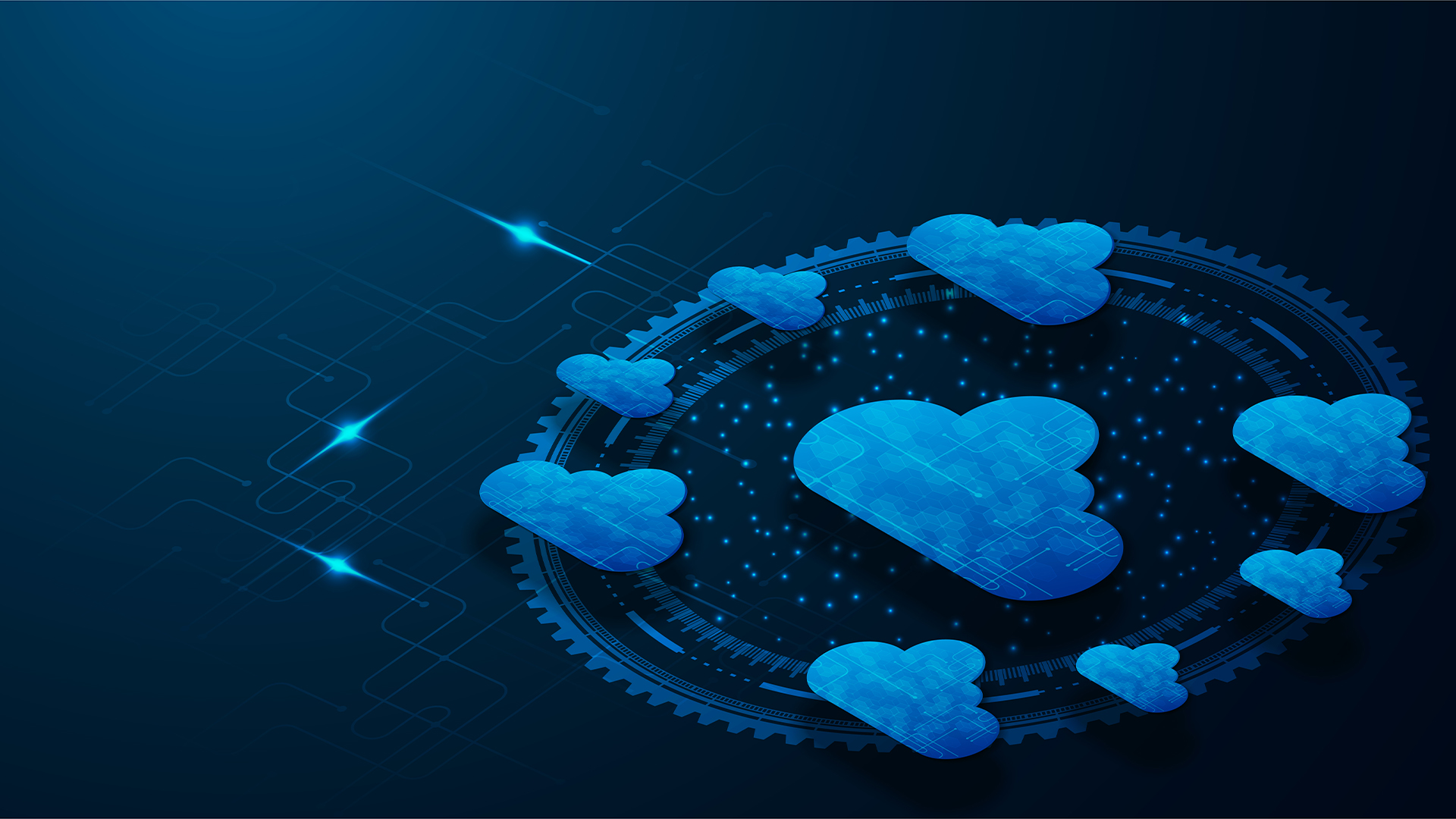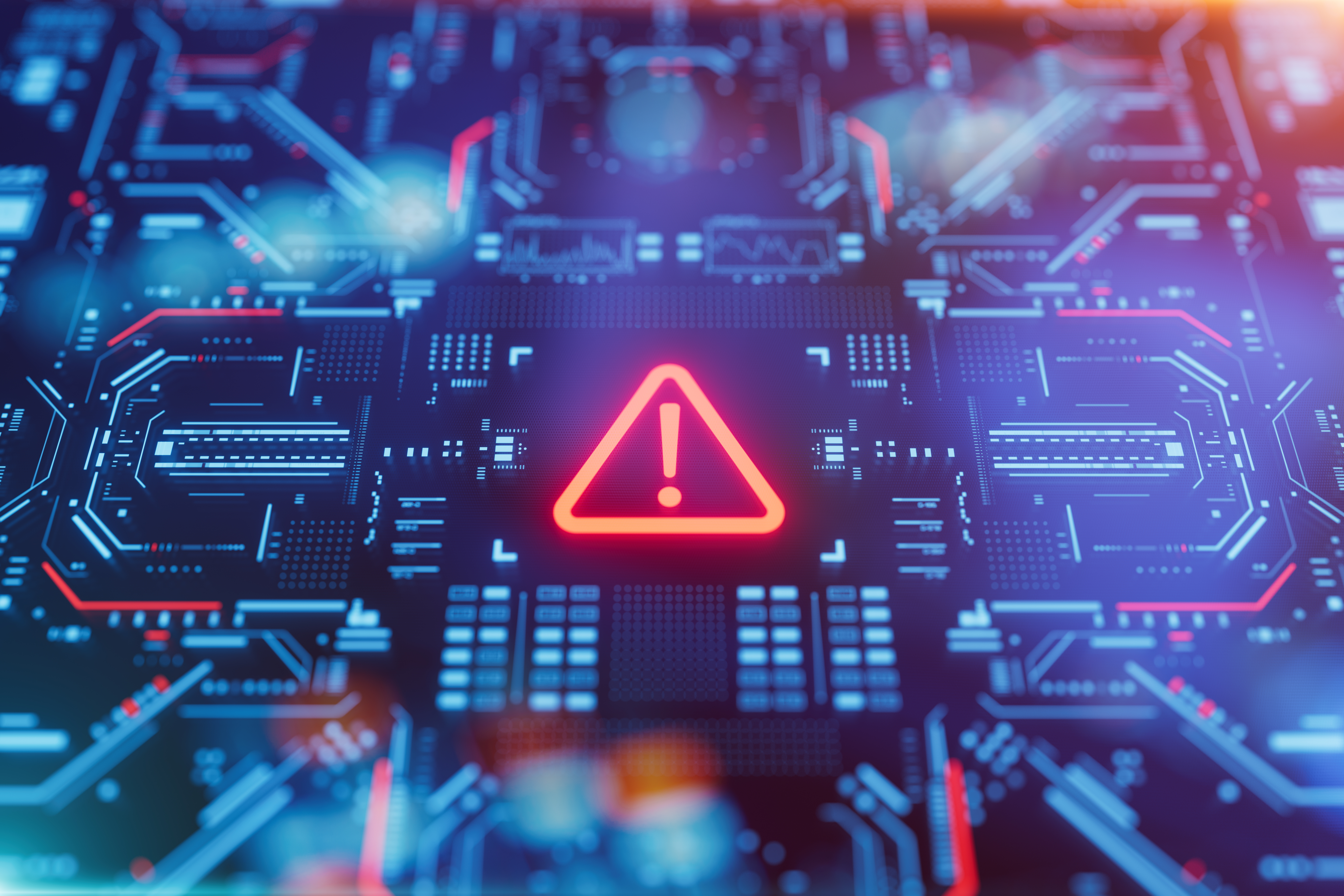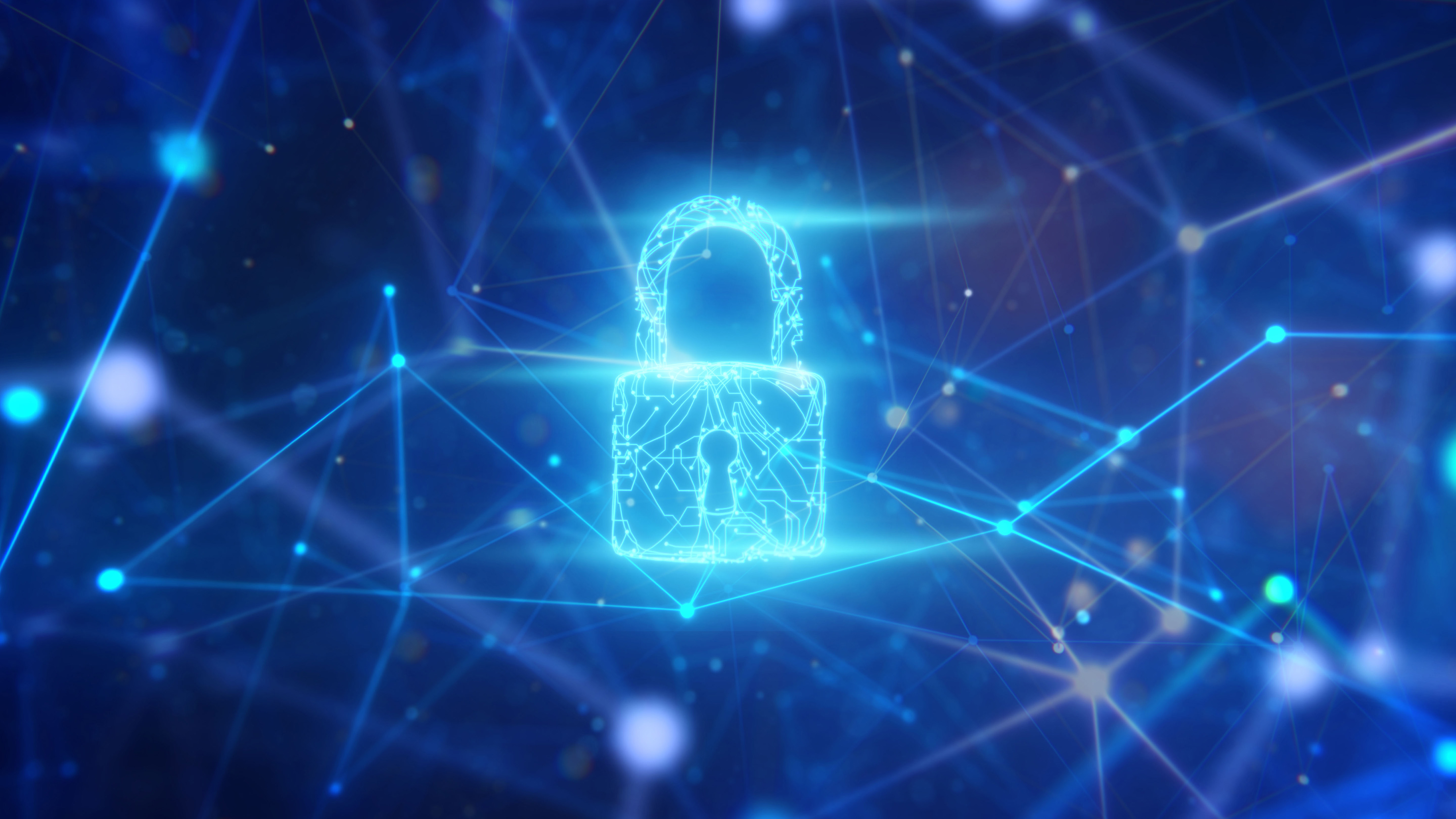In-house skills and co-management, what is the balance to optimize security skills needed for cyber resilience
Balancing in-house cybersecurity skills with co-management is key to achieving robust cyber resilience, ensuring businesses are equipped to counter evolving threats effectively


As cyber threats become increasingly sophisticated, the demand for cybersecurity professionals has surged, with the global workforce growing to 5.5 million in 2023 - an 8.7% increase from the previous year, according to figures from ISC2.
Despite this growth, a record-breaking gap of four million professionals remains, leaving organizations vulnerable to an escalating threat landscape.
"While we celebrate the influx of new talent, the reality is that we must double our efforts to safeguard critical assets," says Clar Rosso, CEO of ISC2. "Amid the current threat landscape, which is the most complex and sophisticated it has ever been, the escalating challenges facing cybersecurity professionals underscore the urgency of our message: organizations must invest in their teams, both in terms of new talent and existing staff, equipping them with the essential skills to navigate the constantly evolving threat landscape. It is the only way to ensure a resilient profession that can strengthen our collective security.”
Striking the right balance between in-house expertise and external support is essential for businesses to maintain a resilient security posture amidst these challenges.
The role of in-house security skills
Developing and maintaining in-house cybersecurity expertise is vital for businesses aiming to build a strong defense against cyber threats. In-house teams possess a deep understanding of the organization’s specific vulnerabilities and operational nuances, which allows them to tailor security measures effectively.
Moreover, having an internal team ensures a quicker response to incidents, as these professionals are already embedded within the organization and familiar with its systems and processes. This immediate accessibility can be crucial in mitigating the impact of cyber incidents.
However, the success of in-house teams hinges on continuous training and development. The cybersecurity landscape evolves rapidly, with new threats and technologies emerging constantly. To keep pace, organizations must invest in the professional growth of their internal teams, ensuring they stay updated with the latest skills and knowledge. This approach strengthens the organization’s security posture while fostering a culture of vigilance and proactive defense, which is critical in today’s threat environment.
Get the ITPro daily newsletter
Sign up today and you will receive a free copy of our Future Focus 2025 report - the leading guidance on AI, cybersecurity and other IT challenges as per 700+ senior executives
The case for co-management
While in-house teams are indispensable, co-management—partnering with external cybersecurity providers—offers several compelling advantages. One of the primary benefits is access to specialized expertise that may not be available internally. External partners often bring advanced knowledge and resources, particularly in niche areas such as AI-driven threat detection, cloud security, or zero trust implementation. These partnerships can complement and enhance the capabilities of in-house teams, filling gaps in skills and providing a broader range of defensive strategies.
Co-management is also a cost-effective solution, especially for small to medium-sized businesses that may lackthe budget to build large, highly specialized internal teams. By leveraging external expertise, organizations can maintain robust security measures without the overhead costs associated with a full-scale internal department. Moreover, co-management offers scalability; businesses can adjust the level of external support as needed, ensuring they have the right level of defense at all times, without overcommitting resources.
Finding the right balance between in-house cybersecurity skills and co-management is not a simple formula but rather a strategic decision that varies based on the unique characteristics of each organization. For smaller companies or those operating in highly regulated industries, the emphasis might lean more toward external partners who bring specialized expertise and resources that would be difficult to develop internally. In contrast, larger enterprises might find it more advantageous to build substantial in-house teams, supplemented by external specialists for niche areas like AI-driven threat detection or cloud security.
The continuous development and enhancement of in-house teams is a critical component of this balancing act. Cybersecurity is a dynamic field that evolves at speed, with new threats and technologies emerging regularly. As such, without ongoing training and upskilling, internal teams risk becoming outdated and less effective in addressing modern challenges.
However, relying exclusively on internal development can result in significant knowledge and capability gaps, especially in highly specialized or rapidly advancing areas. External partners play a crucial role here, offering not only specialized skills but also injecting innovative ideas and diverse perspectives that can keep in-house teams on the cutting edge. These external collaborations ensure that internal teams are prepared to manage current threats as well as being equipped to anticipate and counteract future risks, creating a more robust and resilient cybersecurity posture overall.
One of the most effective strategies is to adopt a hybrid model, where in-house and external resources work together in a cohesive manner. In this approach, in-house teams handle the day-to-day security operations and immediate response needs, while external partners are brought in to provide advanced capabilities, such as deep threat analysis or complex incident response. This strengthens the organization’s security posture and ensures a more agile and comprehensive approach to cybersecurity.
Research supports the effectiveness of this hybrid strategy. Studies by analyst firms Forrester and Gartner have shown that organizations that integrate both in-house and co-managed security efforts tend to be more resilient and better equipped to handle the complexities of modern cyber threats. By carefully crafting a balance that suits their specific needs, organizations can create a robust cybersecurity framework that is both proactive and responsive to the ever-changing threat landscape.
A thoughtful balance, driven by AI threats
Achieving robust cyber resilience in 2024 necessitates a strategic balance between in-house skills and external partnerships. According to independent research firm Info-Tech Research Group in its Security Priorities 2024 report, the rise of AI-driven threats, coupled with a persistent talent shortage, underscores the need for organizations to adopt proactive security strategies that integrate both internal expertise and advanced external technologies.
As Ian Tyler-Clarke, executive counselor at Info-Tech Research Group UK, states, "Addressing these challenges requires not only upskilling internal teams but also leveraging external capabilities through a governance and risk lens."
By adopting a hybrid model, organizations can create a more adaptable and comprehensive cybersecurity framework, better equipped to counter the sophisticated threats emerging in today’s digital landscape. This approach not only enhances protection but also ensures long-term resilience in the face of future challenges.
Rene Millman is a freelance writer and broadcaster who covers cybersecurity, AI, IoT, and the cloud. He also works as a contributing analyst at GigaOm and has previously worked as an analyst for Gartner covering the infrastructure market. He has made numerous television appearances to give his views and expertise on technology trends and companies that affect and shape our lives. You can follow Rene Millman on Twitter.
-
 Bigger salaries, more burnout: Is the CISO role in crisis?
Bigger salaries, more burnout: Is the CISO role in crisis?In-depth CISOs are more stressed than ever before – but why is this and what can be done?
By Kate O'Flaherty Published
-
 Cheap cyber crime kits can be bought on the dark web for less than $25
Cheap cyber crime kits can be bought on the dark web for less than $25News Research from NordVPN shows phishing kits are now widely available on the dark web and via messaging apps like Telegram, and are often selling for less than $25.
By Emma Woollacott Published
-
 Five ways cyber criminals target healthcare and how to stop them
Five ways cyber criminals target healthcare and how to stop themSupported content Medical institutions are among the top targets for threat actors, here five major threats facing the healthcare sector and what organizations can do to stay secure
By Solomon Klappholz Published
-
 Where will AI take security, and are we ready?
Where will AI take security, and are we ready?whitepaper Steer through the risks and capitalise on the benefits of AI in cyber security
By ITPro Published
-
 How ready is your company for NIS2?
How ready is your company for NIS2?Supported Content The EU’s latest cybersecurity legislation raises the stakes for enterprises and IT leaders - and ensuring compliance can be a daunting task
By Ross Kelly Published
-
 Does every business need zero trust?
Does every business need zero trust?Supported content ‘Never trust, always verify’ and your business might reap more than just the security benefits
By Bobby Hellard Published
-
 Securing a multi-cloud environment
Securing a multi-cloud environmentSupported Content With businesses increasingly opting to use a variety of cloud providers, ensuring complete security is more important than ever
By George Fitzmaurice Published
-
 How to balance your understanding of threats and how you respond to them
How to balance your understanding of threats and how you respond to themSupported Content Learn how to effectively balance deep threat comprehension with timely response strategies to protect your organization from evolving cybersecurity risks
By Rene Millman Published
-
 How organizations can derive value from security investments and enable business growth
How organizations can derive value from security investments and enable business growthSupported Content and alienate existing customers
By Jane McCallion Published
-
 The convergence of network and security – how it helps achieve business outcomes
The convergence of network and security – how it helps achieve business outcomesSupported Content As networks and security converge, will businesses see improved efficiency, stronger protection, and better support for key outcomes in today’s digital landscape?
By Rene Millman Published